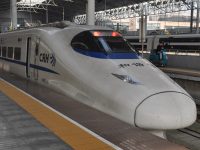 On my recent trip to China, I spent a few days exploring Beijing, taking the high-speed train from Shanghai, which I recounted in an earlier Travel Spot. In today’s instalment of Brian’s Travel Spot, I recount my return journey from Beijing to Shanghai. Having gone up on the world’s fastest inter-city passenger service, I decided to do things a little differently on my return, instead taking the overnight sleeper. Although a little more expensive than the train up, when you consider it saved me a night in a hotel, it was still very cost-effective and far more efficient than flying!
On my recent trip to China, I spent a few days exploring Beijing, taking the high-speed train from Shanghai, which I recounted in an earlier Travel Spot. In today’s instalment of Brian’s Travel Spot, I recount my return journey from Beijing to Shanghai. Having gone up on the world’s fastest inter-city passenger service, I decided to do things a little differently on my return, instead taking the overnight sleeper. Although a little more expensive than the train up, when you consider it saved me a night in a hotel, it was still very cost-effective and far more efficient than flying!
Once again I’m indebted to the ever-useful The Man in Seat 61 for all my pre-trip research. There are four sleeper services from Beijing to Shanghai each night, once conventional service which leaves first at 7.31, and arrives some 15 hours later in Shanghai, and three high-speed services, which take 10 hours. One of these leaves at 7.34, while the other two leave at 9.16 and 9.23. I decided to catch the last of these, allowing myself a leisurely evening in Beijing after a day spent visiting coffee shops, and arriving at the civilised hour of 9.13 the following morning.
You can see how I got on after the gallery.
The first step was to get to the station. Ironically, I was staying next to Beijing Railway Station. However, this serves destinations to the east and I needed Beijing South. However, due to Beijing’s excellent metro system, this was a piece of cake. My hotel had been carefully chosen, next to the Chongwenmen metro stop, which is on both the No.2 and No.5 lines. On my way from the station to the hotel, I’d gone three stops north on Line 4, then three stops east on Line 2. Just to change things up, on the way back I went three stops south on Line 5 and then three stops west on Line 14, which terminates at Beijing South. Despite having to change lines, it was a considerably shorter and smoother run that the equivalent journey from central Shanghai to Hongqiao station, where I started my journey to Beijing.
Those of you who read about my experiences on the way to Beijing will remember that I was rather critical of Shanghai’s Hongqiao station, which I found confusing and difficult to navigate. In contrast, I had very few problems with Beijing South station, finding it much easier to get around. This is partly because I knew what to expect, the layout essentially being the same, with the tracks being in the middle of the station, with the arrivals hall below and departures hall above. However, I also think that Beijing South is much better designed/signposted.
As soon as I exited the metro, I could see departure boards on the main (ground) floor, which doubles as the arrival hall. This meant I could see my train and work out where which platform it was departing from (platform 5). The departure board also showed my train as “Waiting” and there were numerous signs pointing to a waiting area on the second floor, so off I went, took the escalators up and up to the second floor and there, sure enough, was a massive hall with rows and rows of seats running down the middle and entrances to the platforms to either side.
Before I could board the escalators, however, I’d had to run the gauntlet of security. Much as with Shanghai (and at every metro station in both cities) I had to take off my bags and put them through an X-ray scanner as well as being subject to a cursory examination with a wand. This time, however, even though I had exactly the same luggage, with exactly the same contents, as I’d brought with me from Shanghai, I got pulled over.
After a rather comical interlude, the young man at security (he spoke no English, I spoke no Chinese; my fault entirely, not his) got a phone from a colleague and translated one word: spray. At first I was at a loss, but then I remembered my can of shaving foam, so I dug that out. Fortunately it was only half way down my rucksack so I only had to unpack half my belongings. This seemed to satisfy him, so I packed everything back up and was on my way. What I will say is that throughout this exchange, he was very polite and helpful, despite the language barrier and seemed to regret having caused me any inconvenience.
Upstairs in the departures hall, I found I had an hour to kill before my train departed, an almost unprecedented early arrival on my part. I’d been lucky at Shanghai to arrive next to my platform, but here I was at the far end (Platform 20?), while my train was leaving from Platform 5, so I had to take a little walk, which was fine since I had plenty of time. As it was, we started boarding half an hour before departure, so I ended up with a 15-minute wait. I let the initial rush die down and then wandered up to the boarding gate where, unlike Shanghai, my ticket was properly inspected and I was required to show, for the first time, my passport. Then it was down to the platform and onto the train.
You can see what I made of the train itself after the gallery.
I was on the D321, a high-speed sleeper service with 16 carriages. As far as I could tell, without exploring the entire train, this had two second-class seating carriages at either end, a restaurant car in the middle, and 13 identical sleeper carriages, each with 10 four-berth compartments. The layout was pretty standard, with a long corridor along the right-hand side (looking front to back), the compartments opening off to the left. Each corridor had a number of fold-down seats, while there were toilets and wash basins at the far end.
I was in Carriage 3, near the front of the train, and sharing with a Chinese couple. They had the bottom and top bunks on the left (front), while I had the bottom bunk on the right, leaving one bunk, the top bunk on my side, free. The train and the compartment were very modern, a considerable contrast to the last sleeper I’d taken, which was in Vietnam.
The bunks themselves were comfortable enough and, importantly, long enough for me, at 6’2”, to stretch myself out. There was also a decent amount of clearance, so I could sit on the bottom bunk (which doubled as a seat, complete with a comfortable, padded backrest on the wall) and not hit my head on the upper bunk. Each bunk has a TV screen at the bottom end (opposite side from the window) plus a reading light and headphone socket (for the TV) at head of the bed, although neither I, nor the Chinese couple, used the TVs during the journey.
The bedding was basic, but adequate, with a pillow (which felt like a bean-bag but which was comfortable enough), sheet and duvet. The compartment is set-up before you board the train, but after that you are largely left to your own devices. There are some nice touches though, which include a pair of backless slippers for everyone. These are conveniently colour-coded (white, yellow, red and blue, which I got), something which puzzled me at first until I got up in the morning and looked on the floor to see which were mine, at which point the usefulness struck me…
There’s plenty of storage space under the bunks, but that’s about it. However, I was able to get my large rucksack under there, although there is a divider half-way along which makes getting stuff in and out more difficult than it need be and reduces the flexibility of the space. There’s also a coat-hanger and a convenient hook towards the bottom of the bunk.
Despite the space, I’m glad I went for a bottom bunk since you have to climb a bit to get into the top one. There’s a long barrier on the side of upper bunk, which doubles as a handle which you can pull yourself up with, plus there’s a fold-down climbing step, but that’s about it. I reckon I could have got up there if I had to, but I’m glad to I didn’t have to try! The door is a simple sliding one (which can be locked from the inside), while the window has a simple roll-down blind, which was much more effective than the curtains on the Vietnamese sleeper!
Finally, there’s a table under the window between the bottom two bunks, which is at a convenient height/place for a laptop. I used mine there without any trouble. The only slight gripe is that these is just one power outlet, which is under the table and not that easy to get to. Fortunately no-one else wanted it, so I was able to plug my laptop in. However, it might be worth investing in a Chinese extension lead and bringing that along just in case if you really need to guarantee access to power. There was also no Wifi on-board that I could detect.
You can see how the journey went after the gallery.
We left on-time but, of course, by then it was dark, so I couldn’t really see much out of the windows. There was a trolley service with snacks running up and down the corridor for a bit, plus we had a full ticket (and passport) check after about 20 minutes, but that was about it. I took my lead from my companions and we put the lights out and went to bed after about 45 minutes (ie not long after 10 pm). I was at this point that I discovered the one serious design flaw with the compartments: the man in the top bunk opposite me was using his reading light and it was positioned such that it shone straight into my eyes!
The ride itself was fairly smooth, but it was clear from the small amount of jolting that the train didn’t use the same dedicated high-speed lines between Beijing and Shanghai, instead travelling on the old route. That said, I got about eight hours of fitful sleep which while not a complete night’s sleep, was far more than I typically get when flying business class.
The couple I shared with got off before Shanghai, leaving the train at 6.40 and getting up at 6.20, which woke me up, although I was, in any case, dozing by that point. With hindsight though, I maybe could have gone back to sleep for another hour. Instead I got up once they’d left and enjoyed having the cabin to myself for the next 2½ hours.
For some reason, when planning for the trip, I had it in my head that the train arrived in Shanghai at 7.13, when in fact it arrived at 9.13, otherwise I would have bought a pastry or two from the bakery next to my hotel in Beijing to have as my breakfast. As it was, I had a somewhat hungry 2½ hours sitting with my laptop and looking out at a misty/foggy/smoggy landscape go by. There was a thermal flask of hot water, which had been there on the table when we got on the night before. Of course, it was cold come morning, so there was no coffee for me, a slightly annoying state of affairs since I had brought my Aergrind and Travel Press with me just in case.
Instead I decided to go for a walk, which is when I found the full dining car, located in Carriage 8. Even better, the menus with English translations, but despite this, I decided to play it safe and go for the old fall-back of cake for breakfast, picking up a very nice box of cakes to take back to the compartment with me. I also discovered that there are hot water dispensers at the back of every second carriage so I was able to make myself coffee after all!
That very much made the rest of the journey, so I sat back with my coffee and cake, alternating periods of staring out of the window with writing this Travel Spot. We rolled into Shanghai at 9.20, a mere seven minutes after our scheduled arrival time of 9.13. It’s worth noting that the sleepers, I suspect since they use the old route rather than the dedicated high-speed line, arrive at a different station, coming into Shanghai’s main station to the north of the city. In keeping with Hongqiao station, however, I found it poorly sign-posted. While I was now a seasoned traveller and knew to avoid the stairs descending from the departures floor above, I’m not sure I’d have worked out that I needed to head down the ramps to leave the station if I’d simply been relying on the signs.
I’ll leave you with one final positive. My hotel was a 10-minute walk from the station and by 9.45 I was checked-in and getting settled in my room, even though check-in wasn’t officially until two o’clock! Even better, I managed to sneak in for breakfast, which set me up nicely for the rest of the day.
In conclusion, as long as you don’t mind missing out on the views, then the sleeper is definitely the way to go between Shanghai and Beijing!
If you’re interested, the Travel Spot has a page dedicated my trip to China in 2017. This includes all the flights and train journeys I took, along with all the Coffee Spots I visited along the way.
If you liked this post, please let me know by clicking the “Like” button. If you have a WordPress account and you don’t mind everyone knowing that you liked this post, you can use the “Like this” button right at the bottom instead. [bawlu_buttons]
Don’t forget that you can share this post with your friends using buttons below.

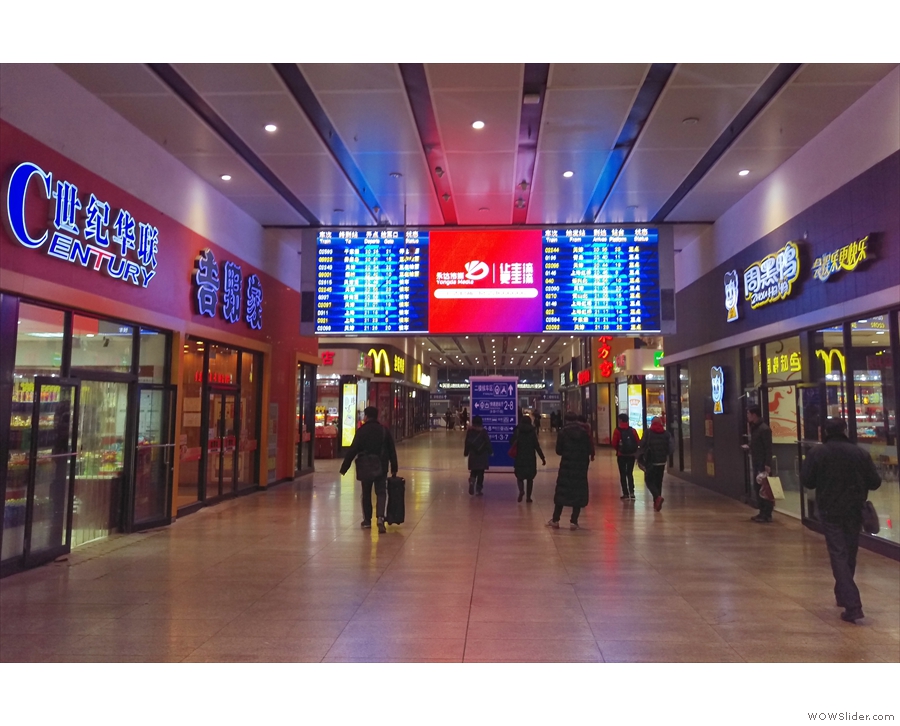
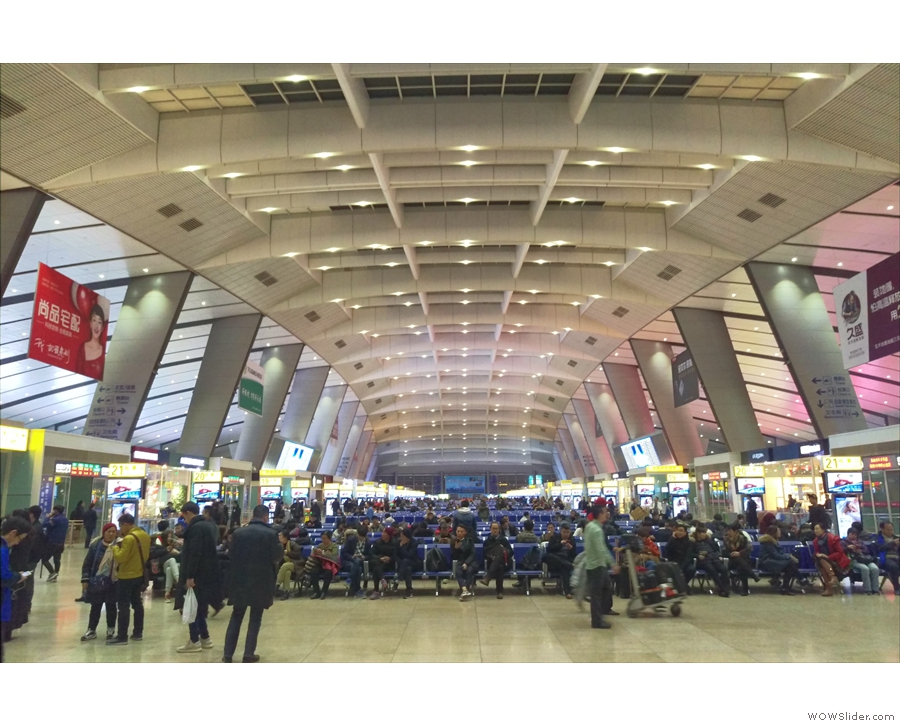
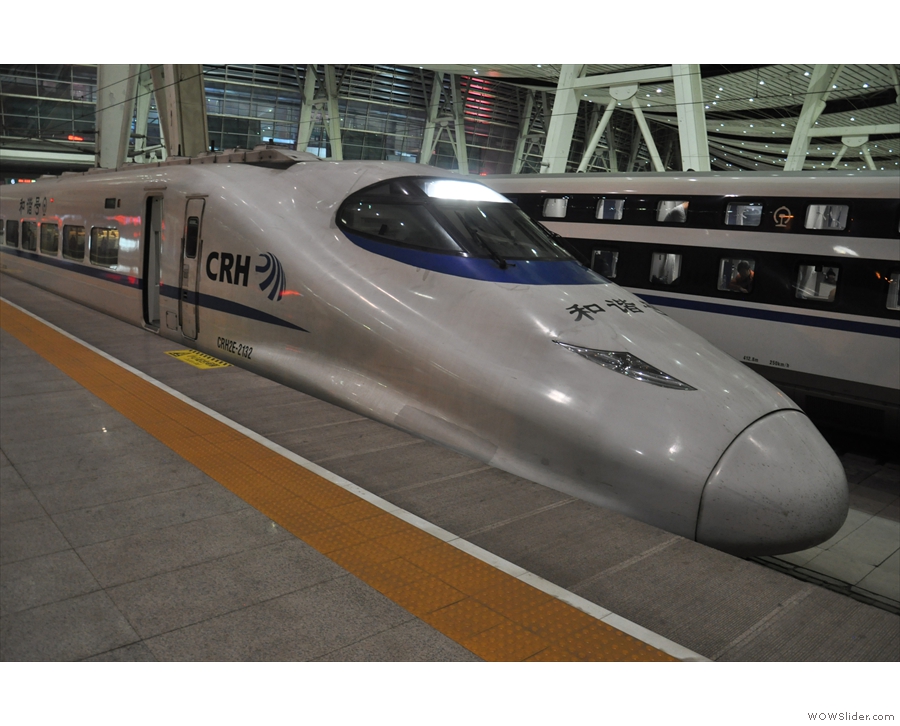
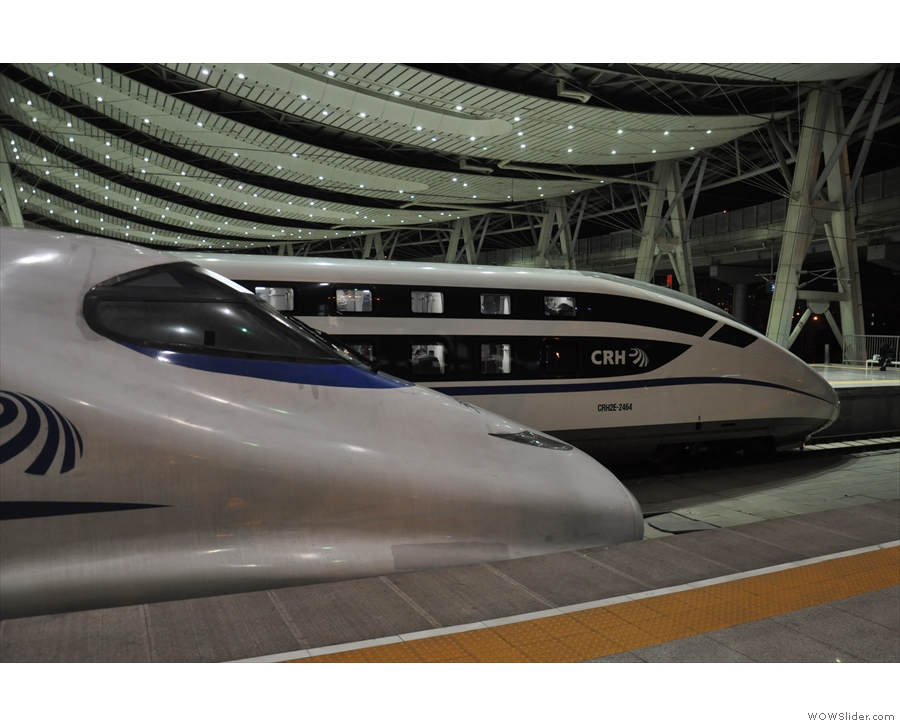
 1
1 2
2 3
3 4
4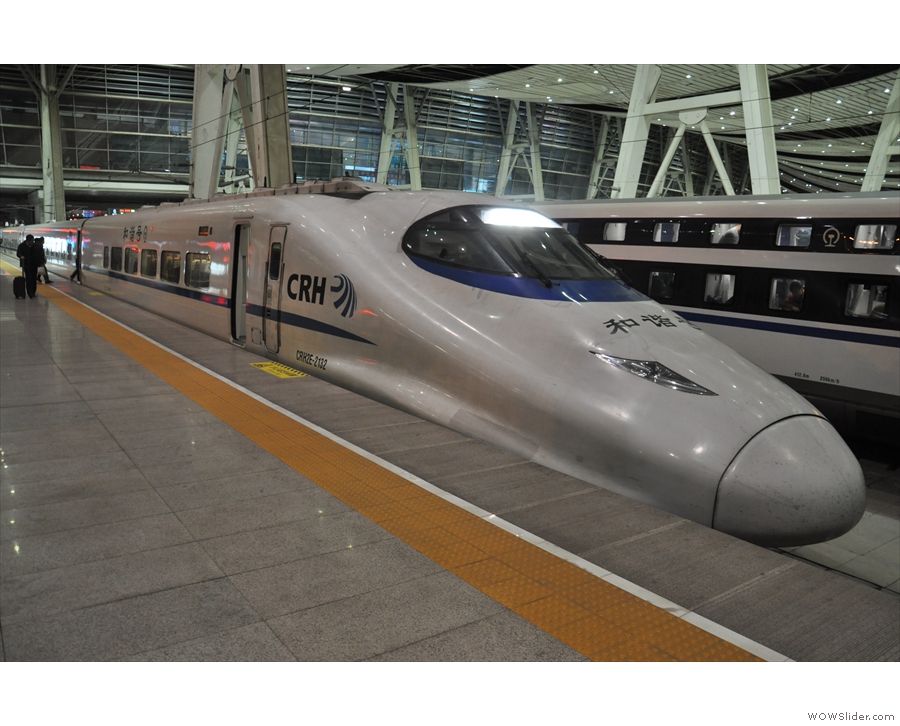
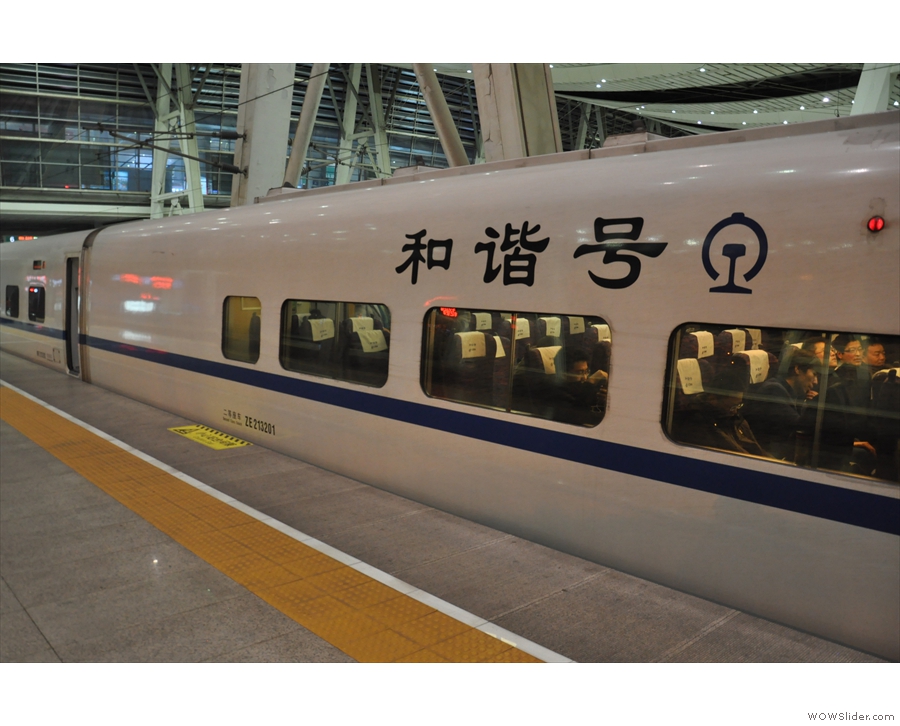
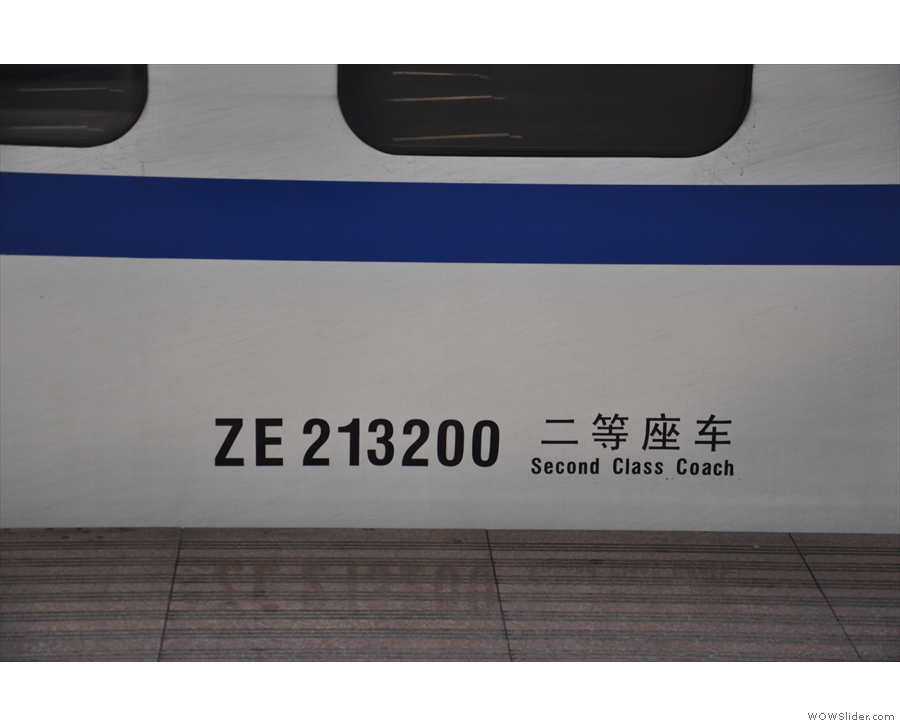
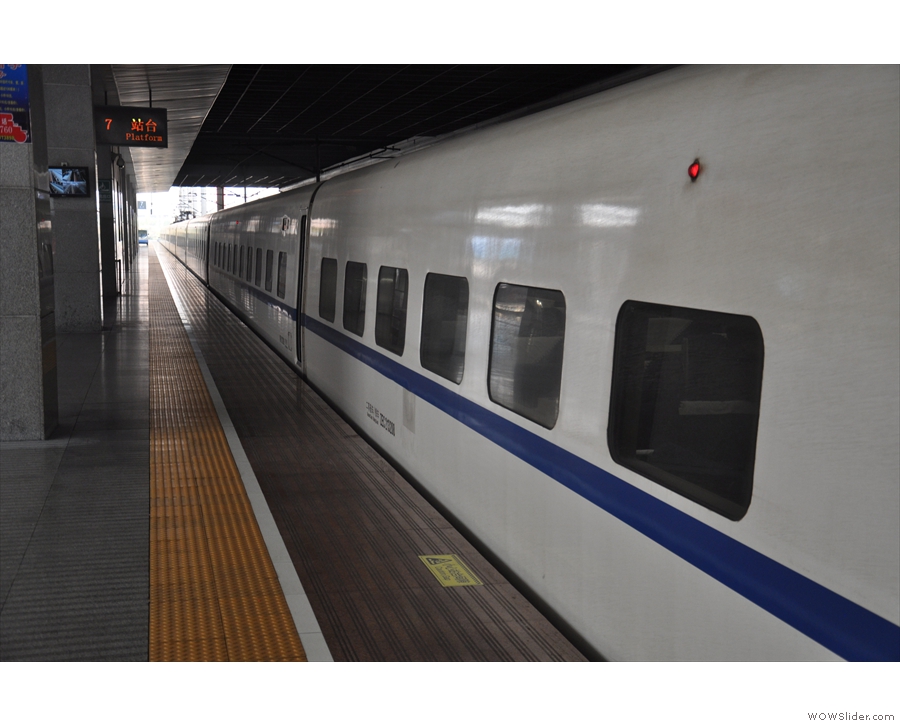
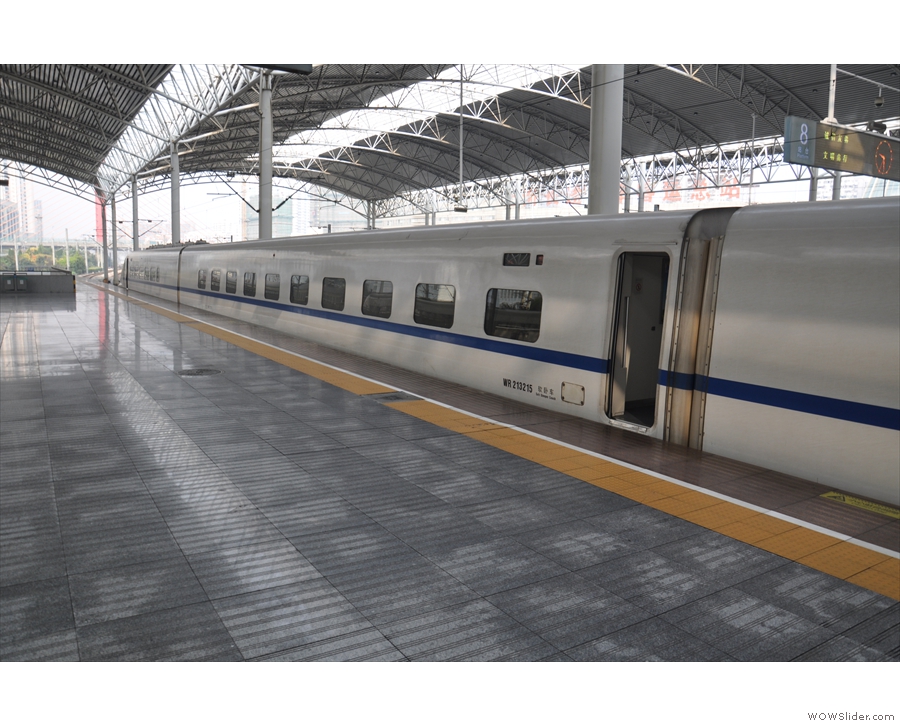
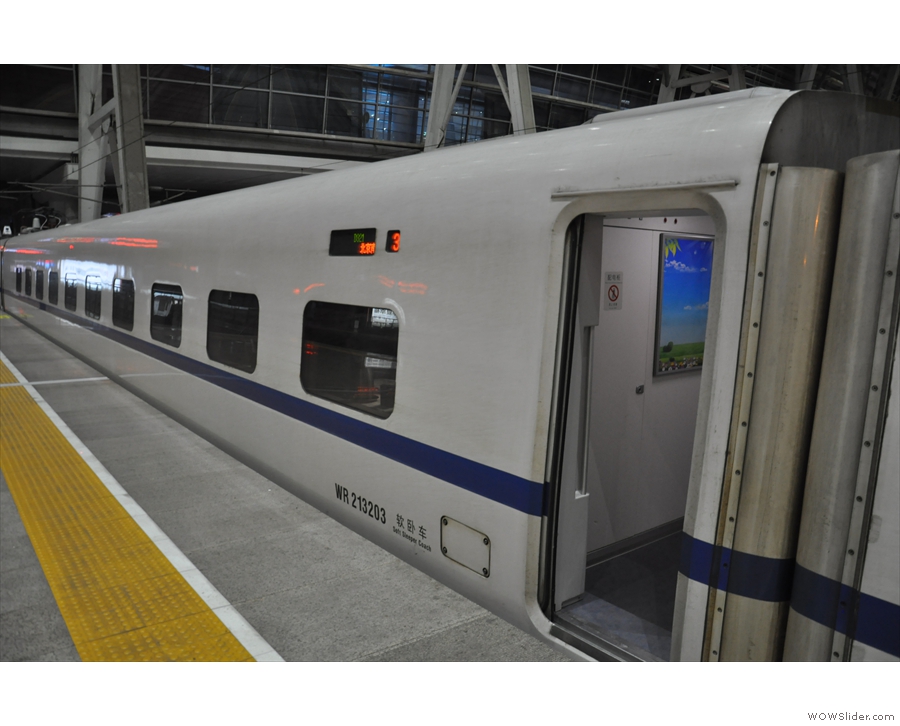
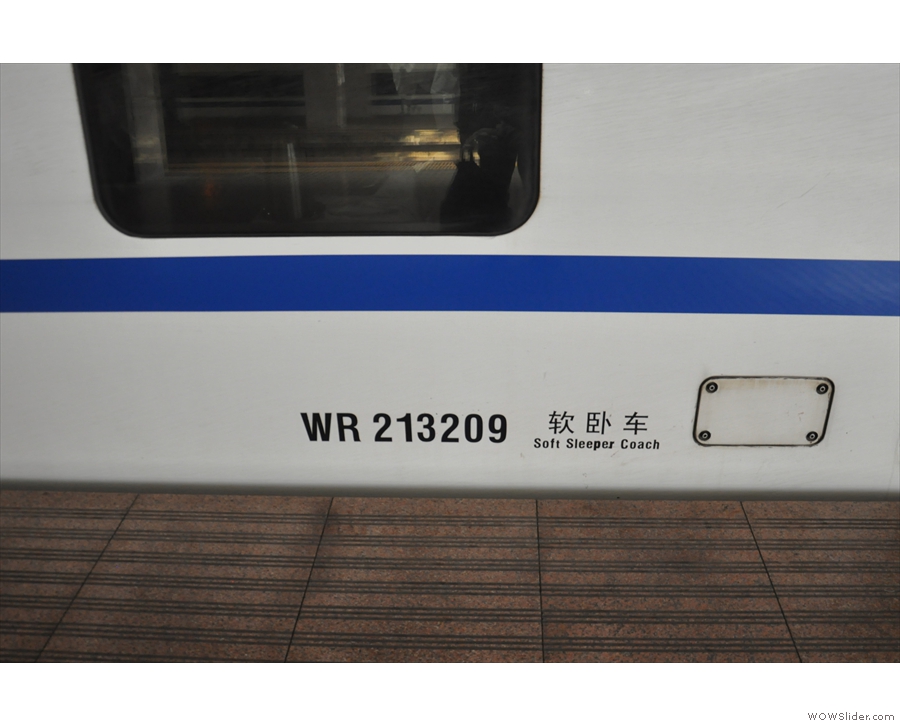
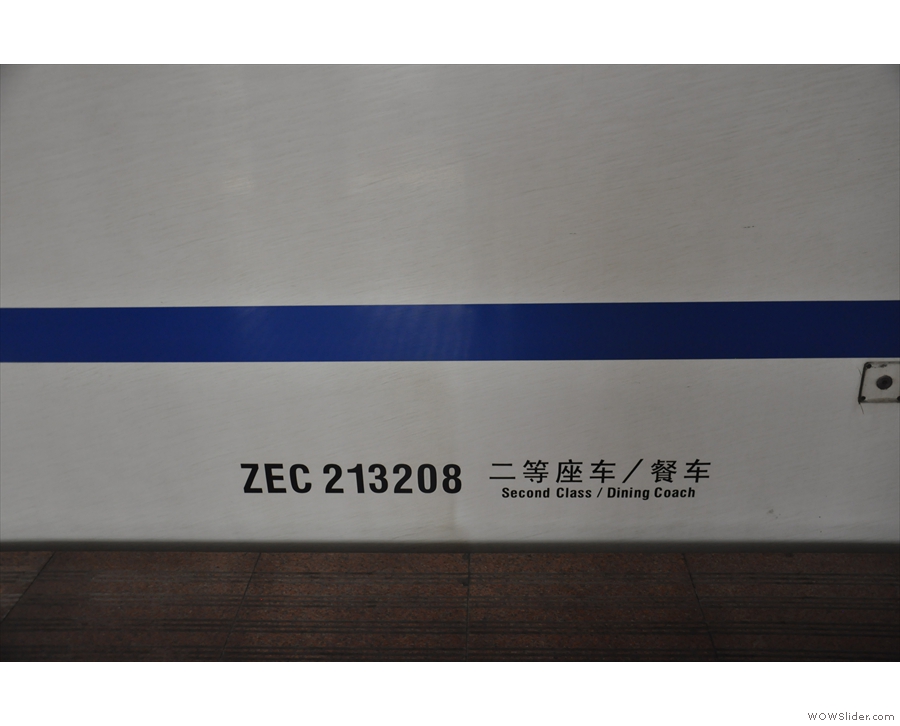
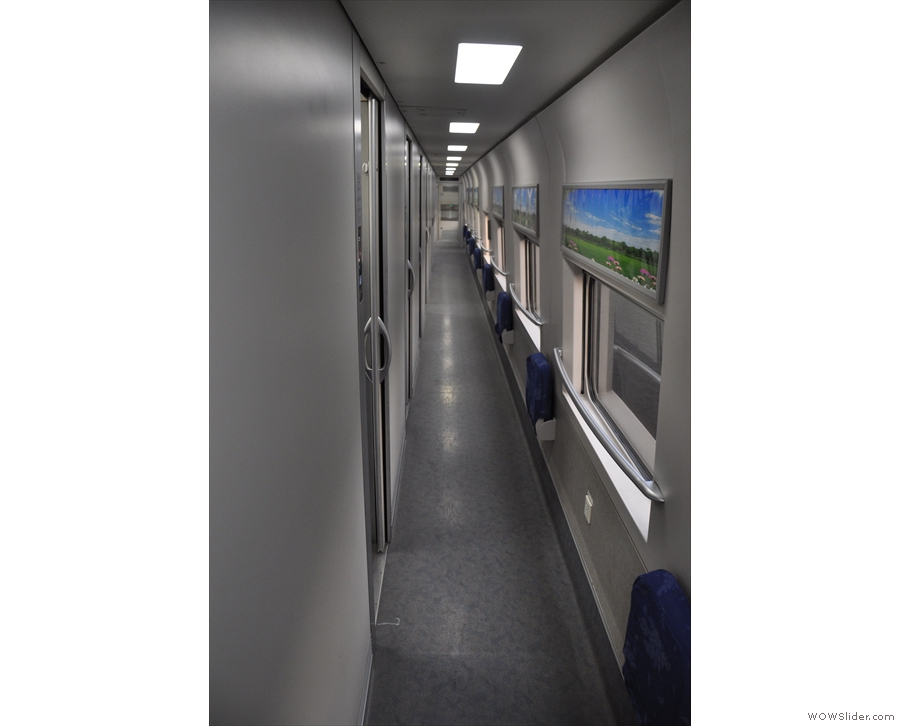
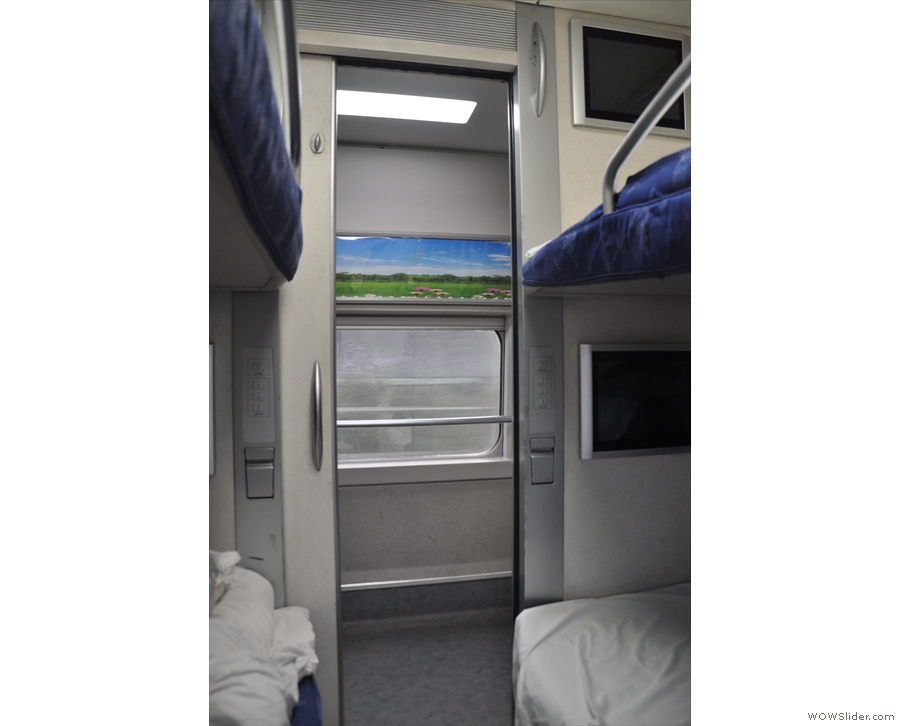
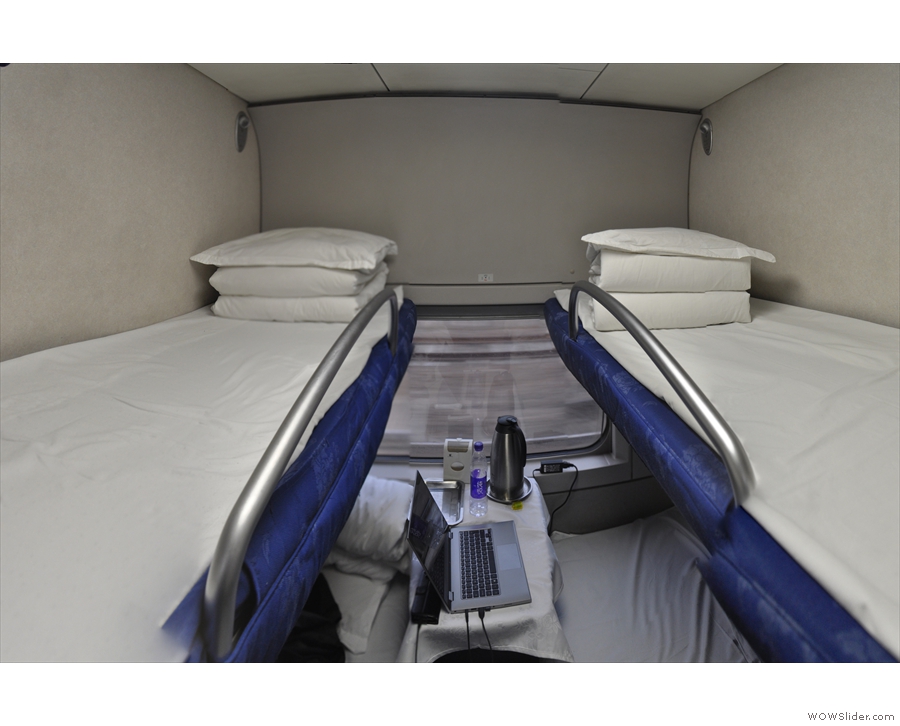
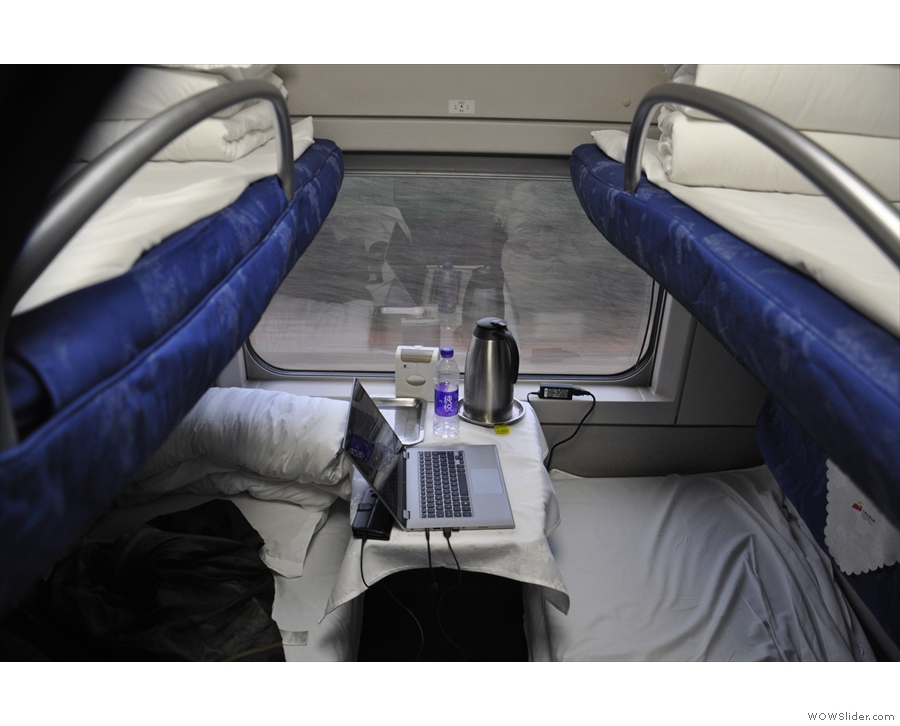
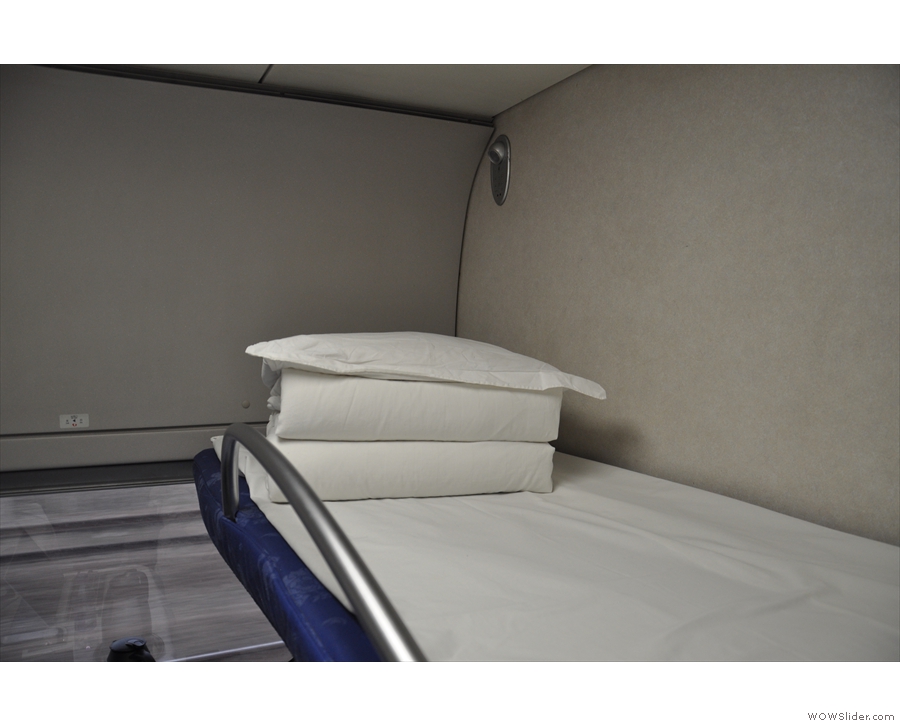
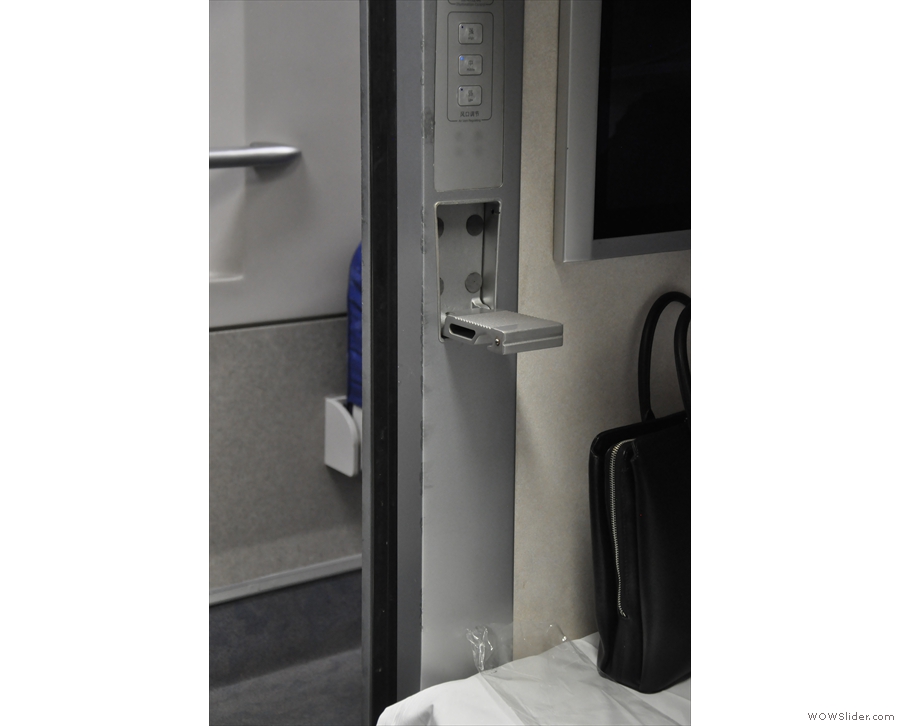
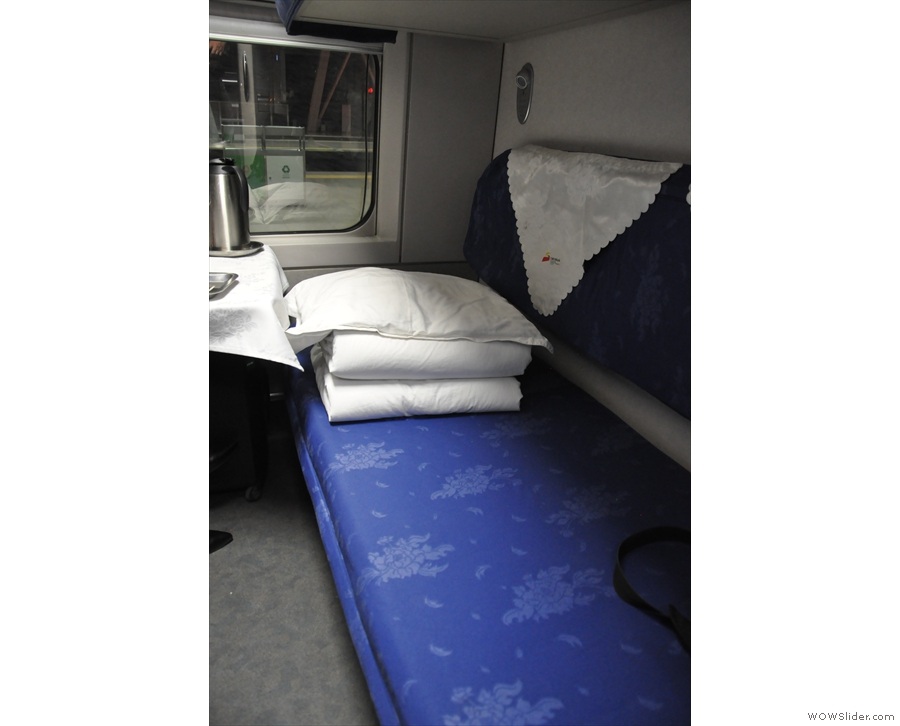
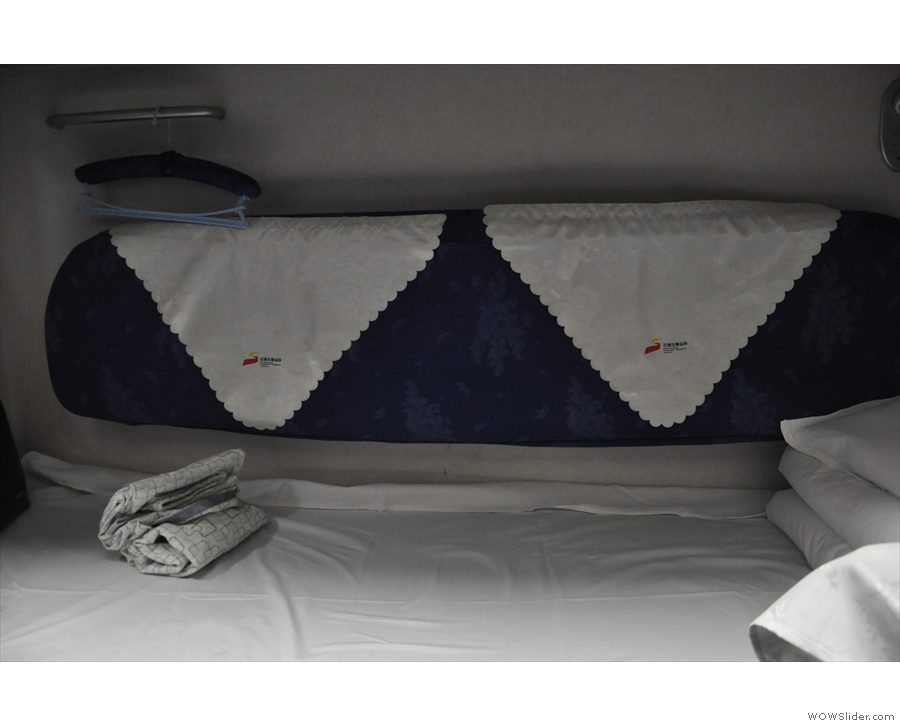
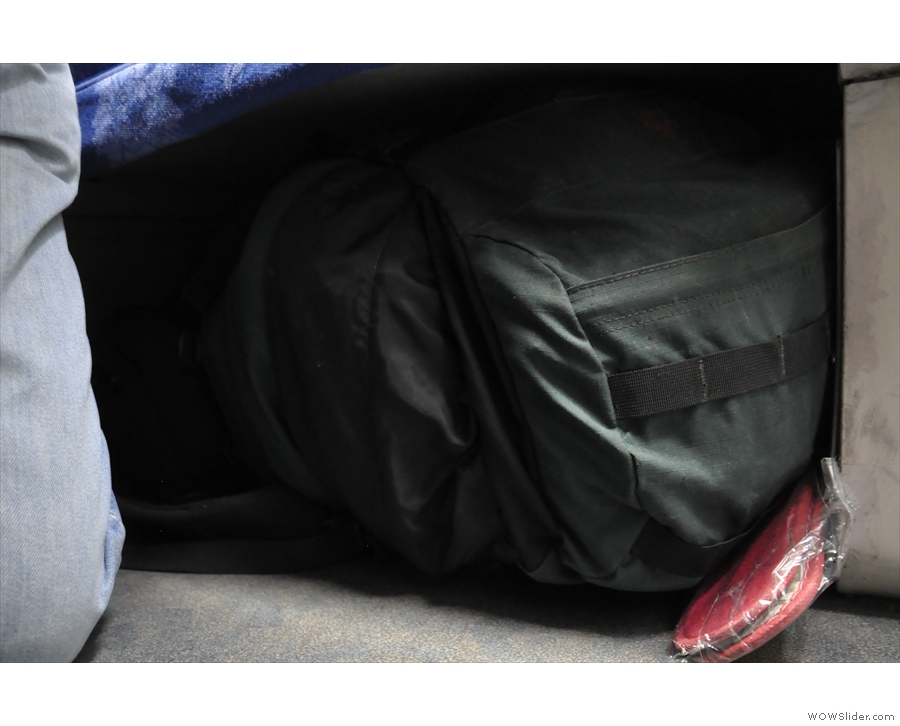
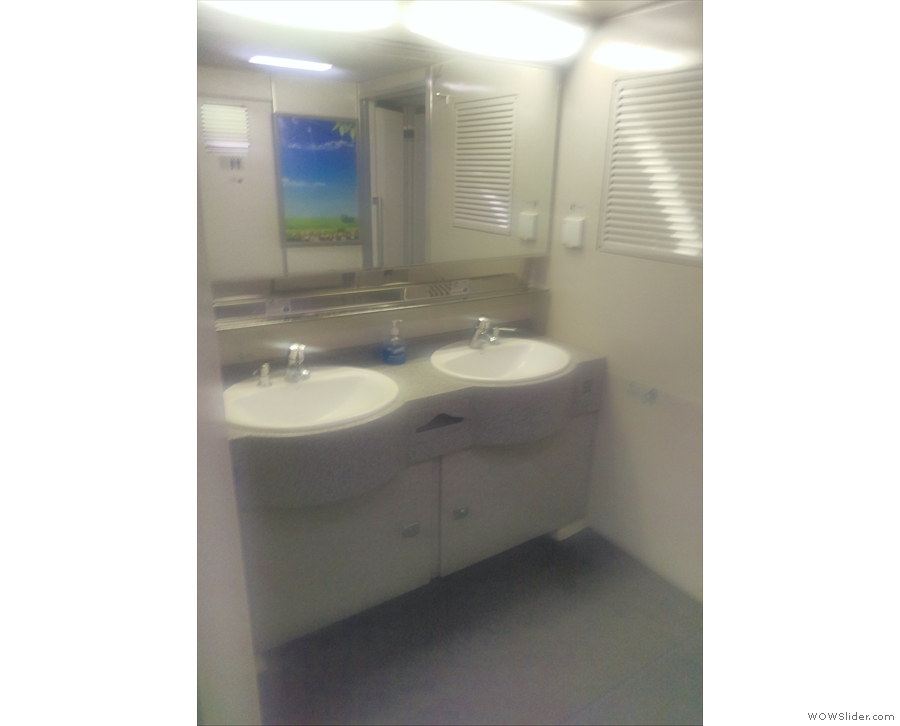
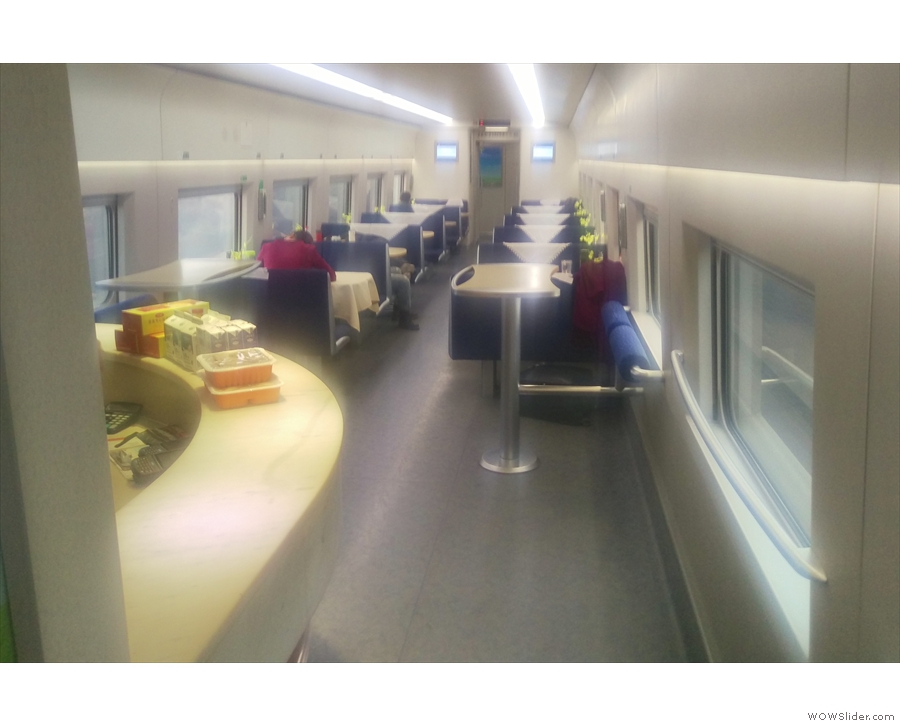
 1
1 2
2 3
3 4
4 5
5 6
6 7
7 8
8 9
9 10
10 11
11 12
12 13
13 14
14 15
15 16
16 17
17 18
18 19
19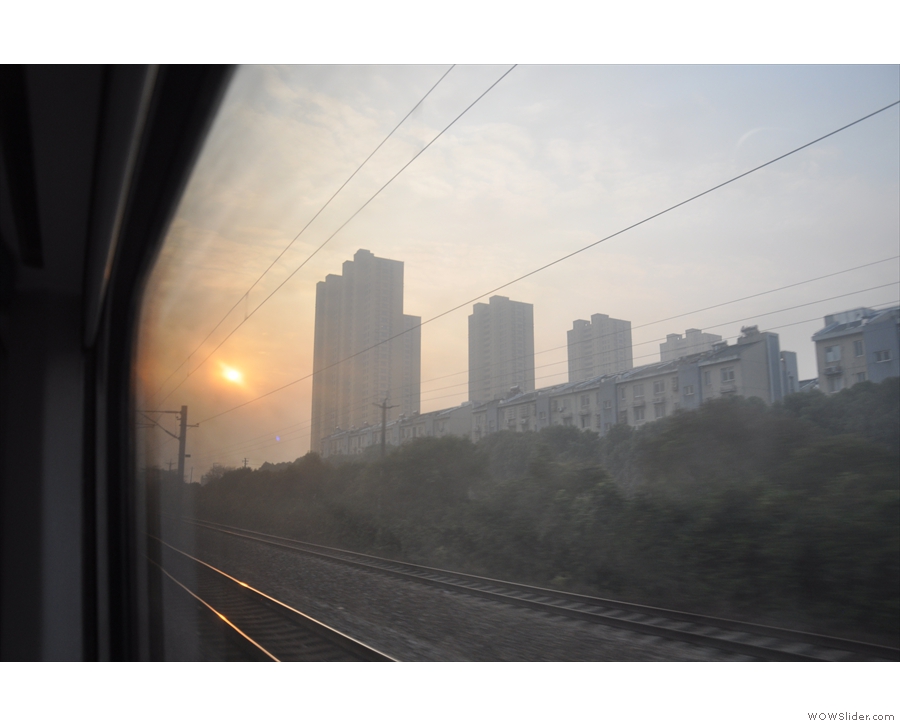
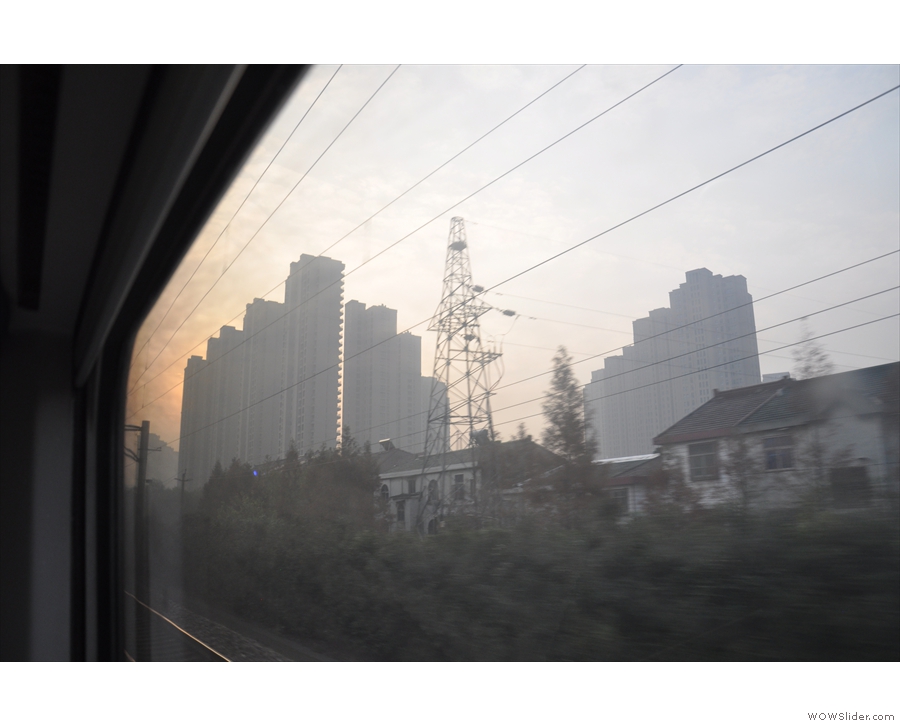
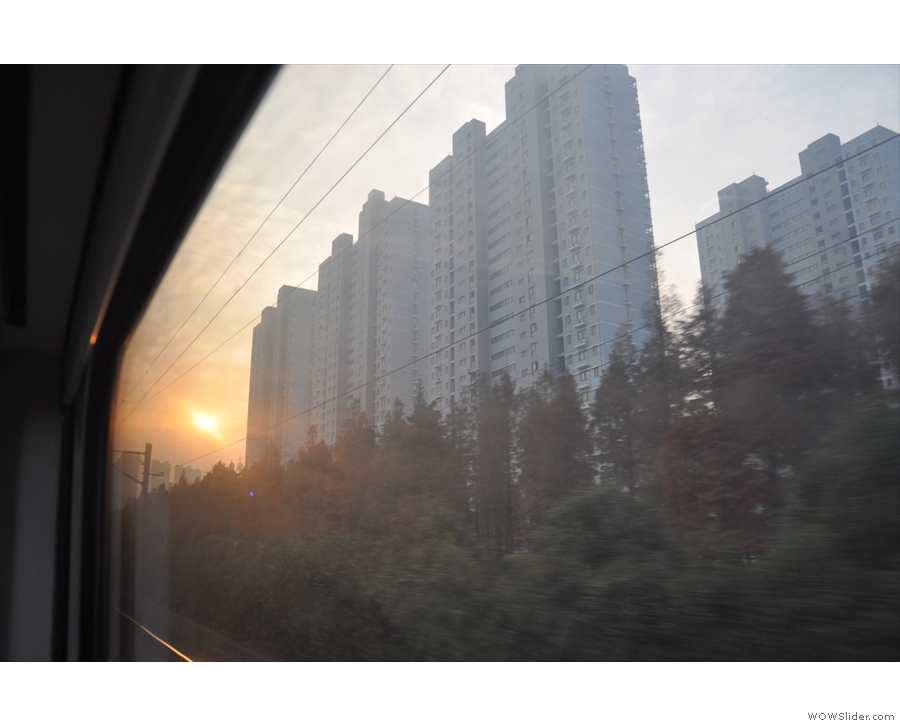
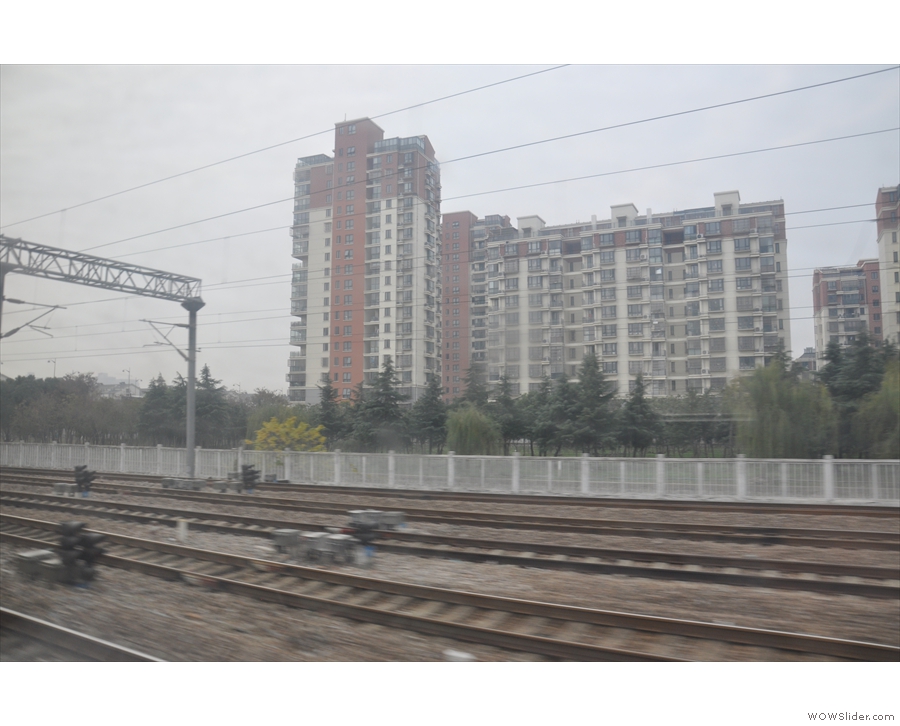
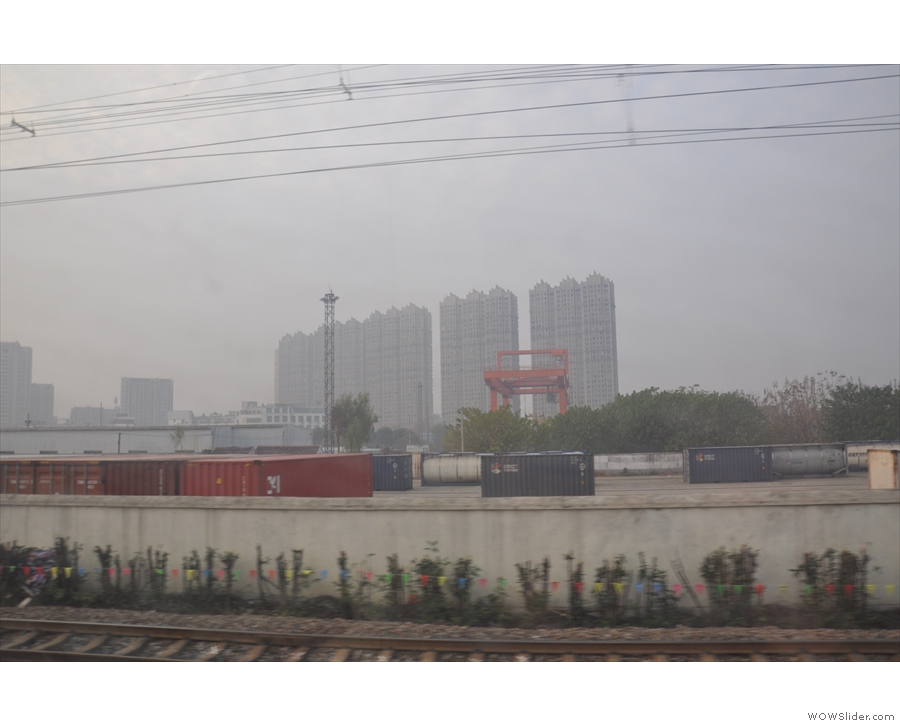
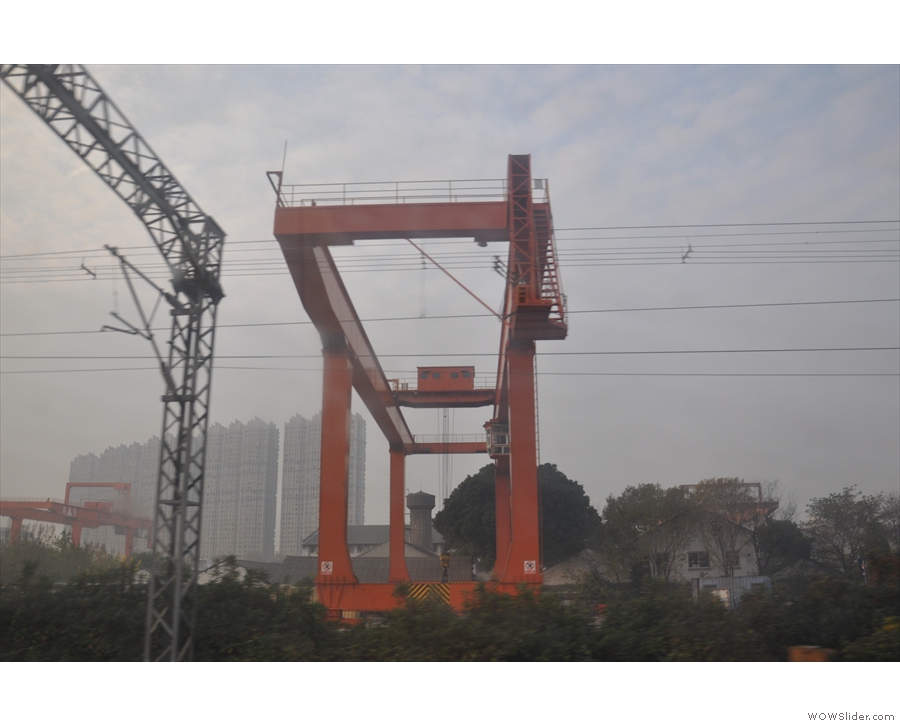
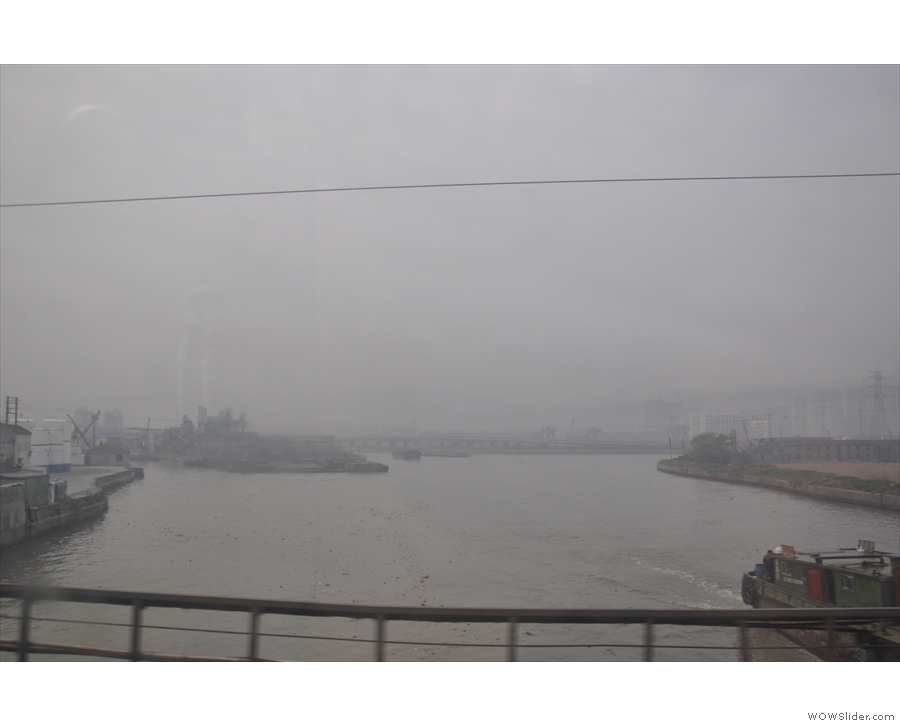
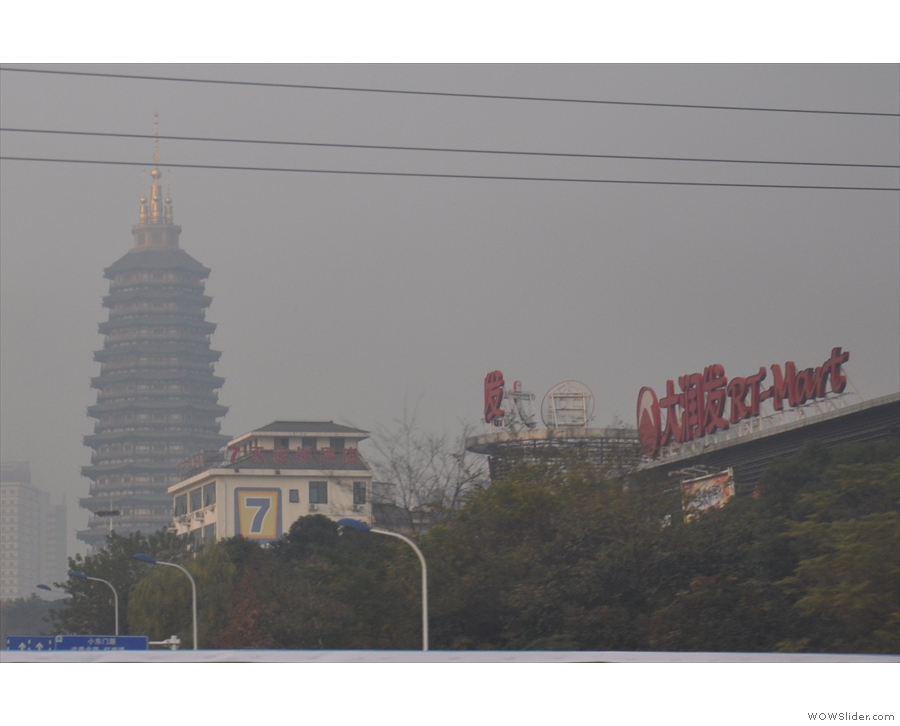

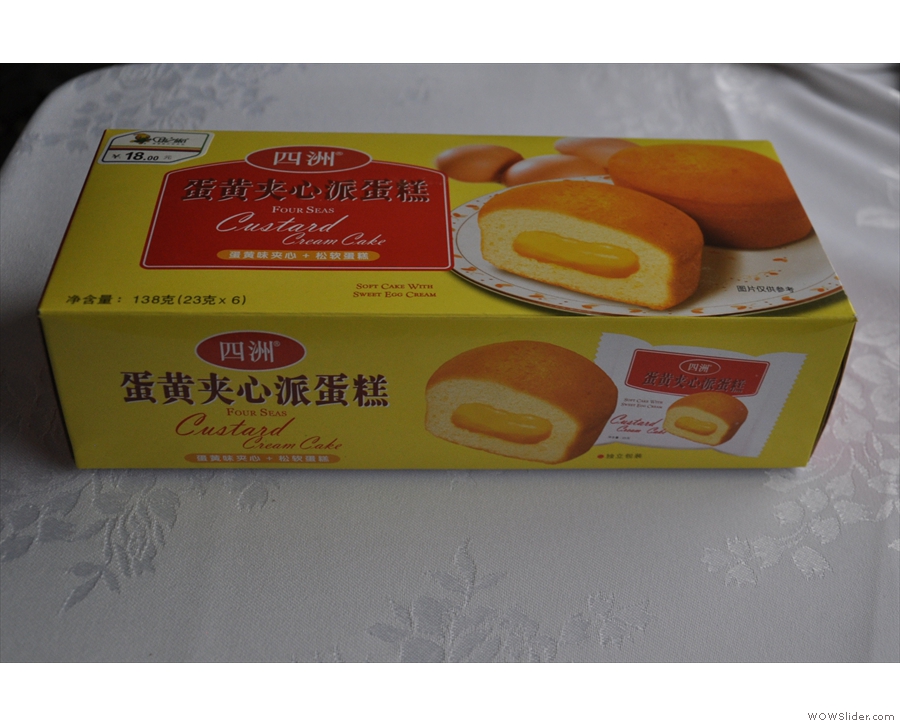
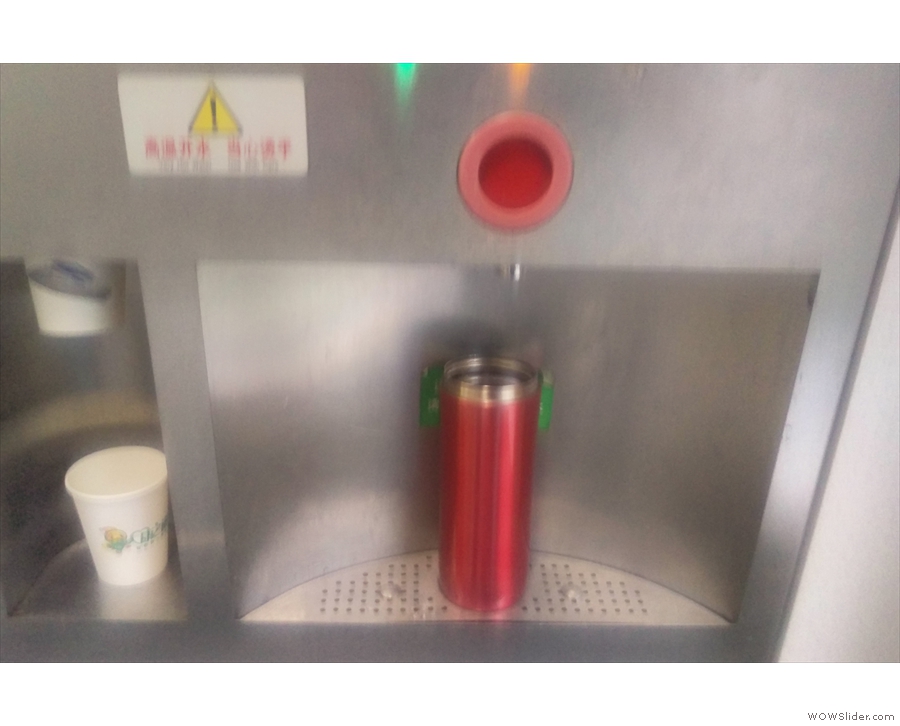
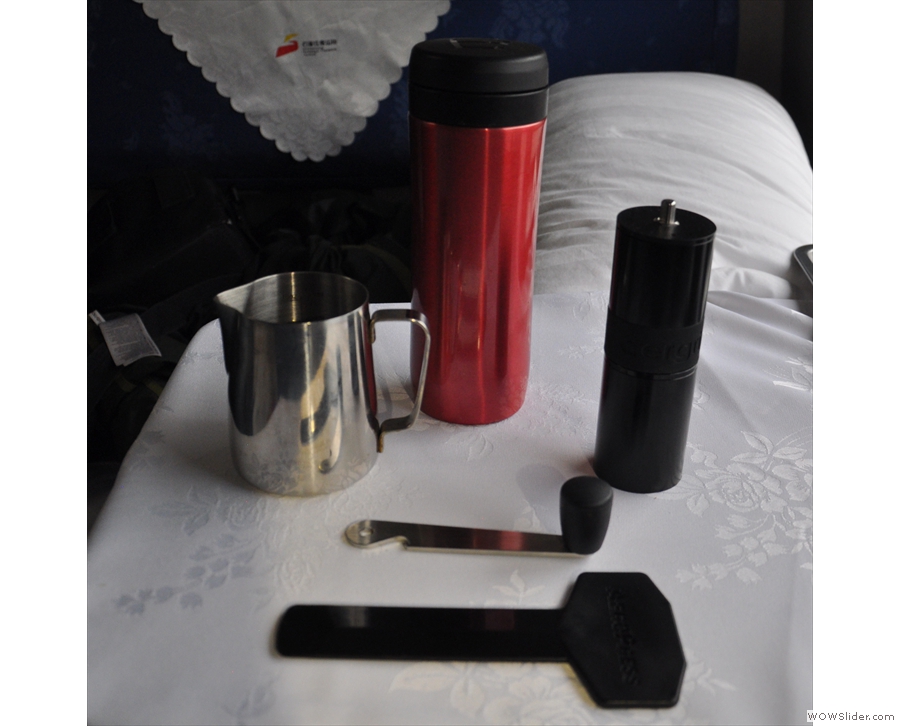
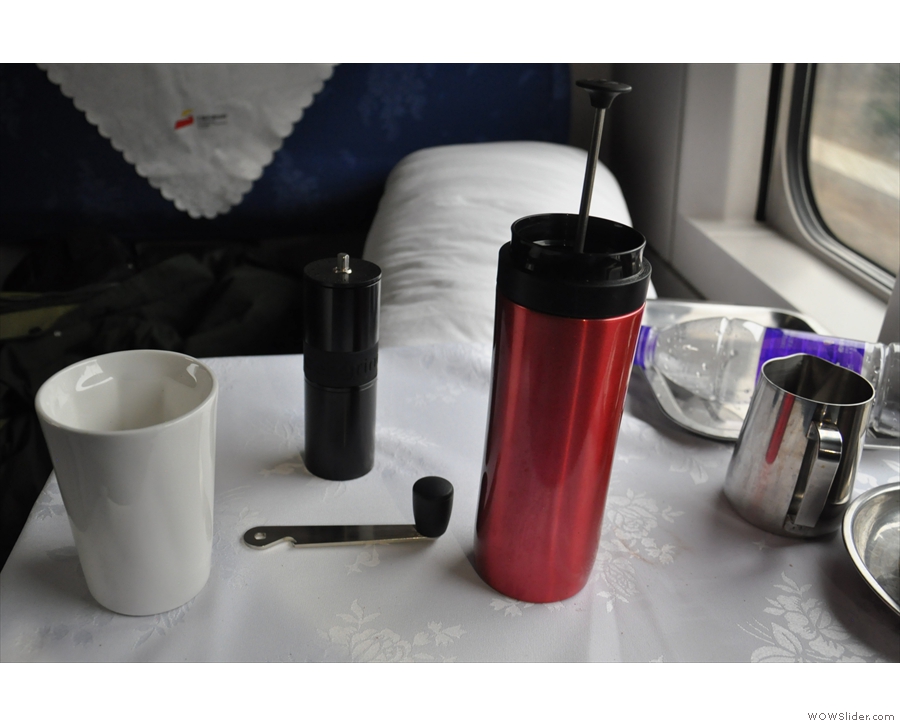
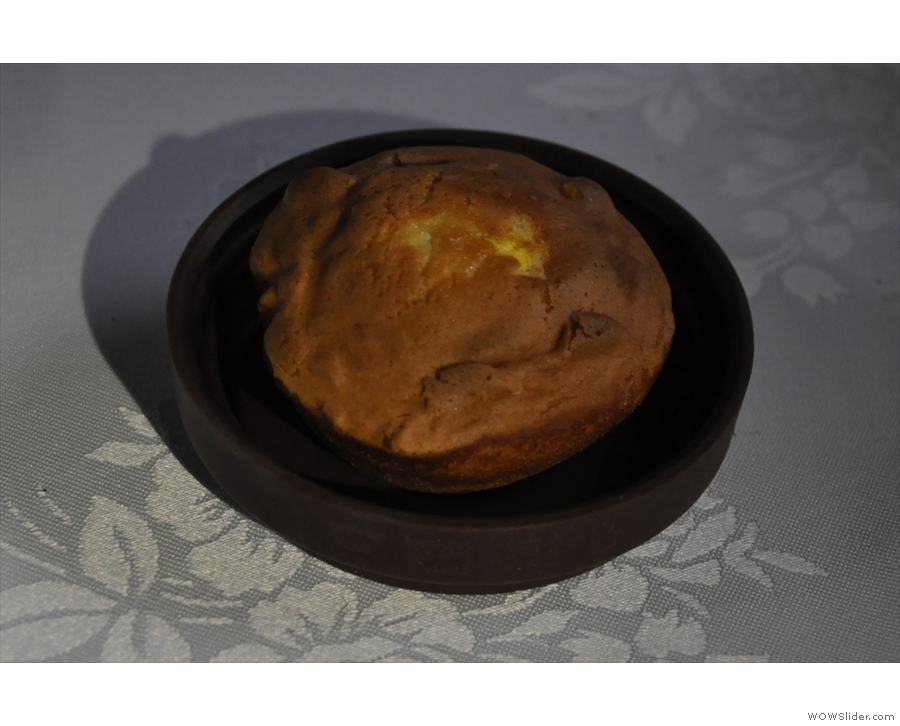
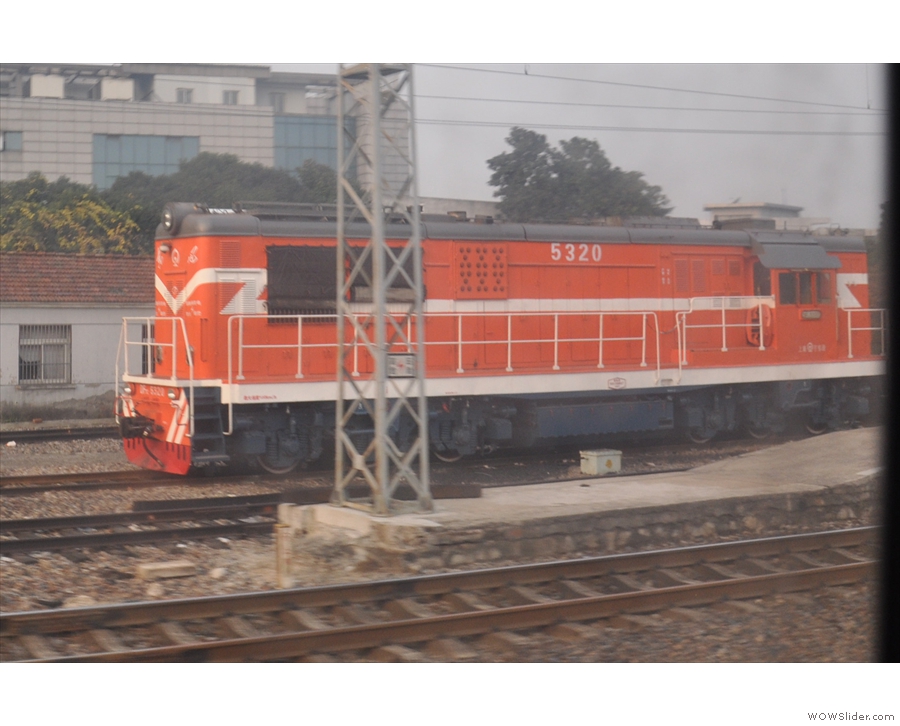
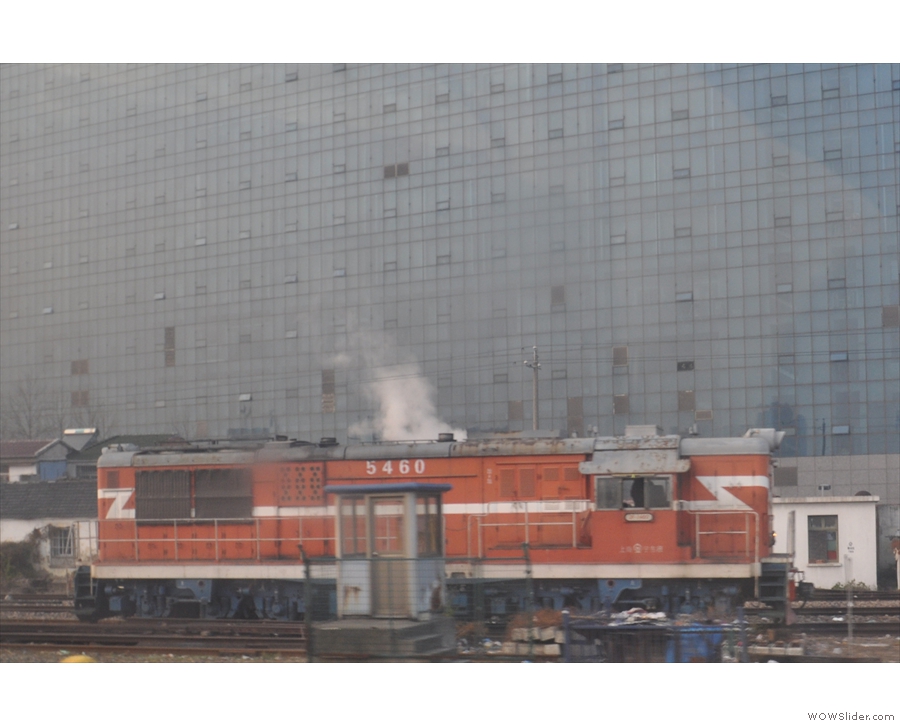
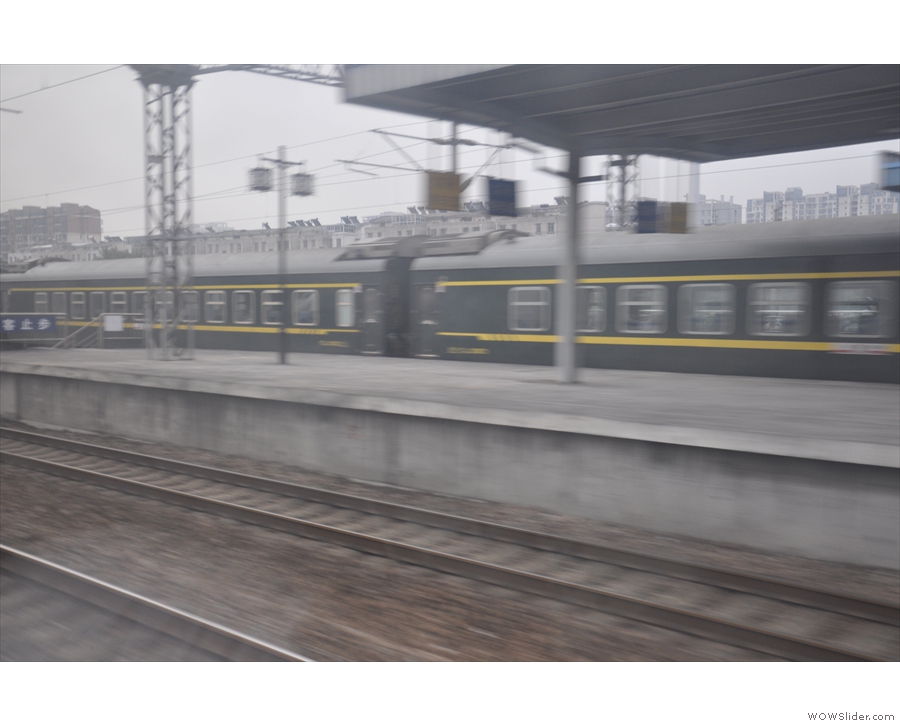
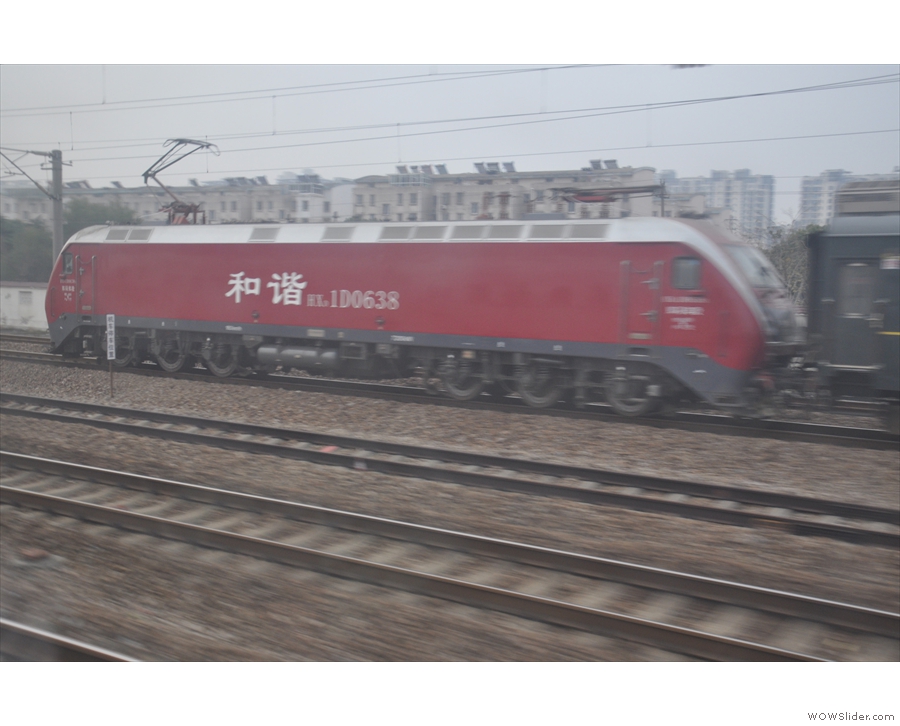
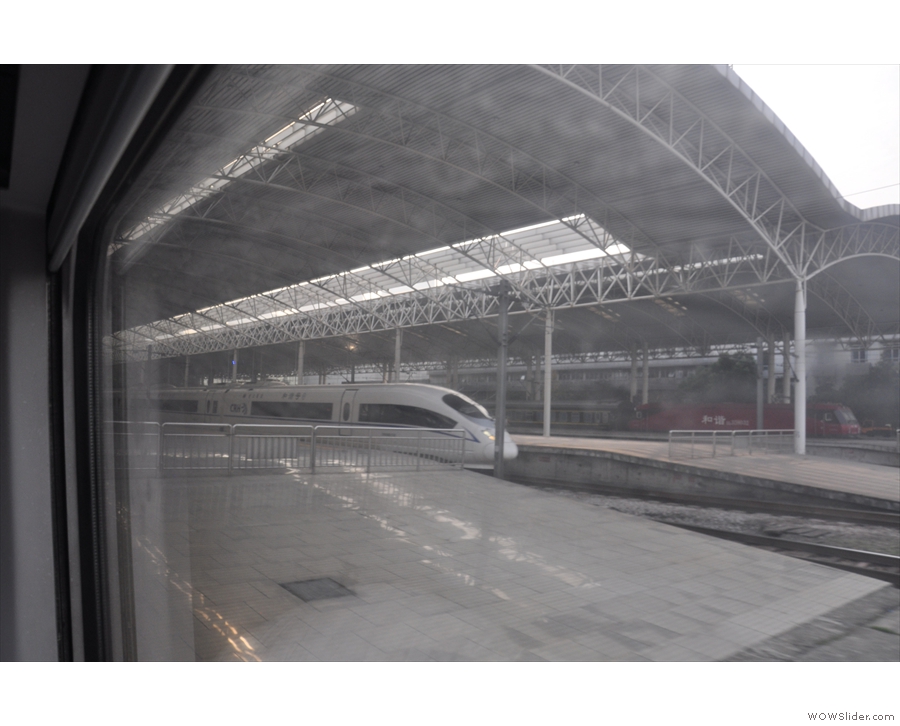
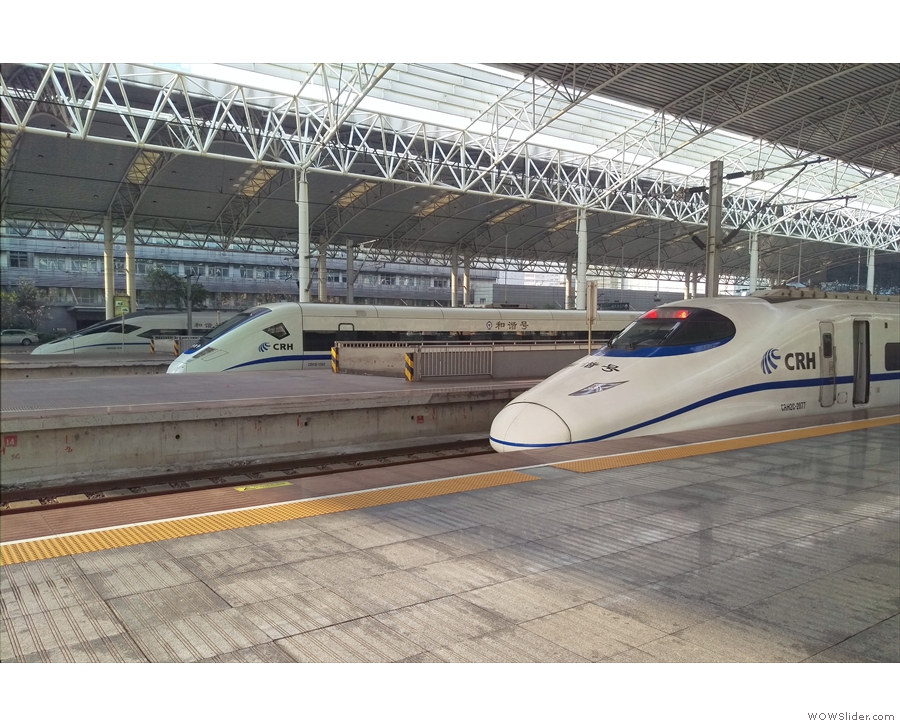
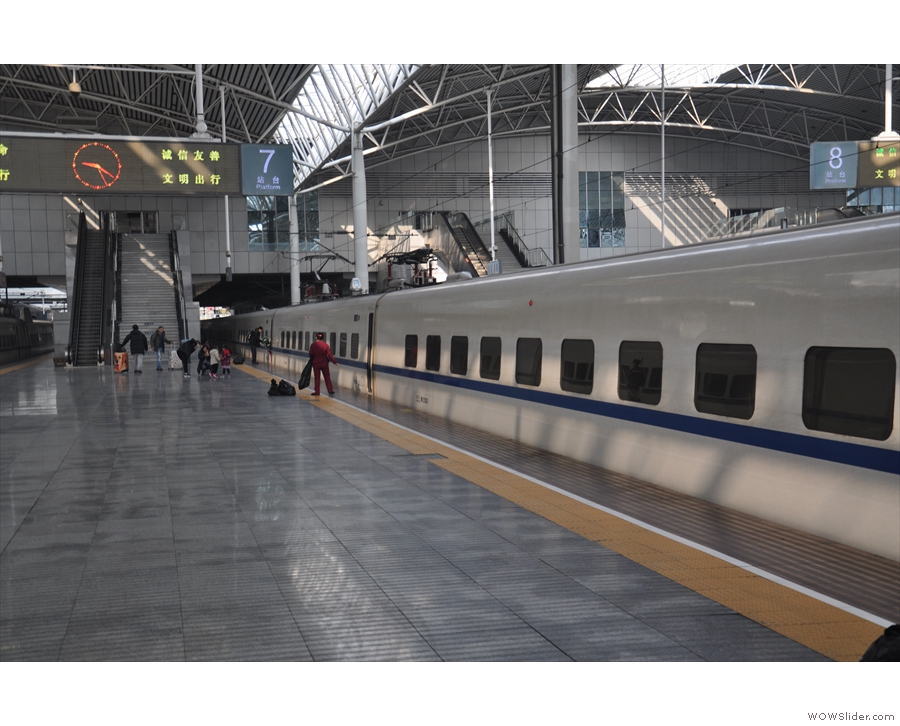
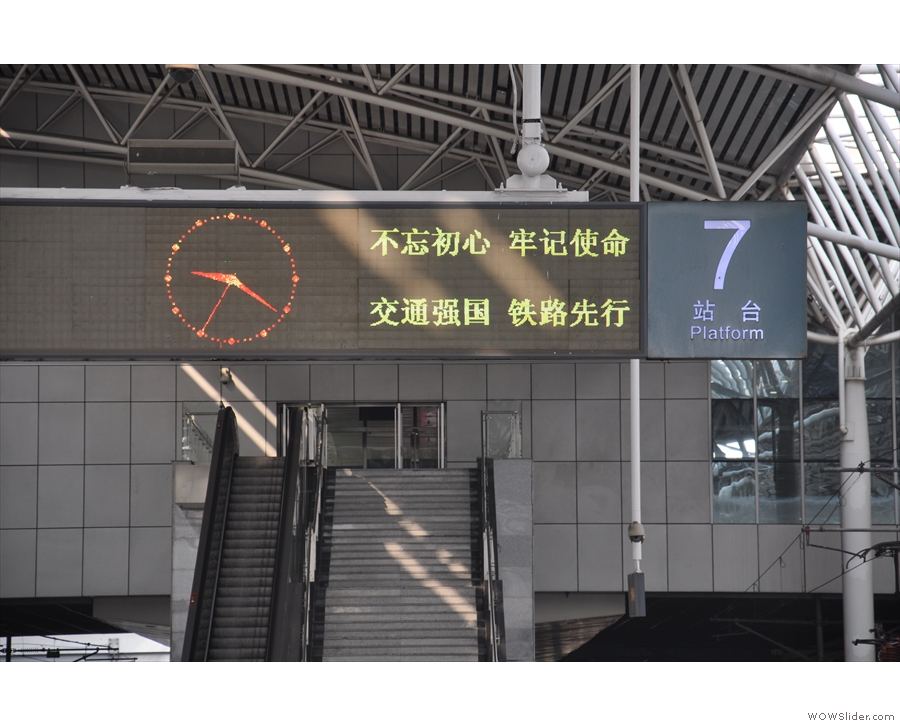
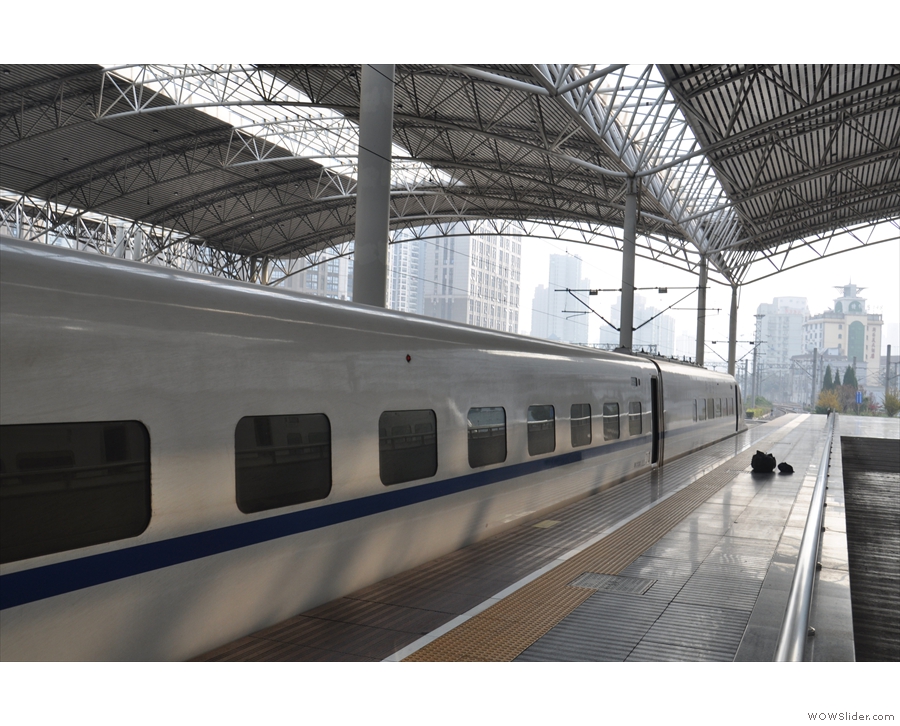
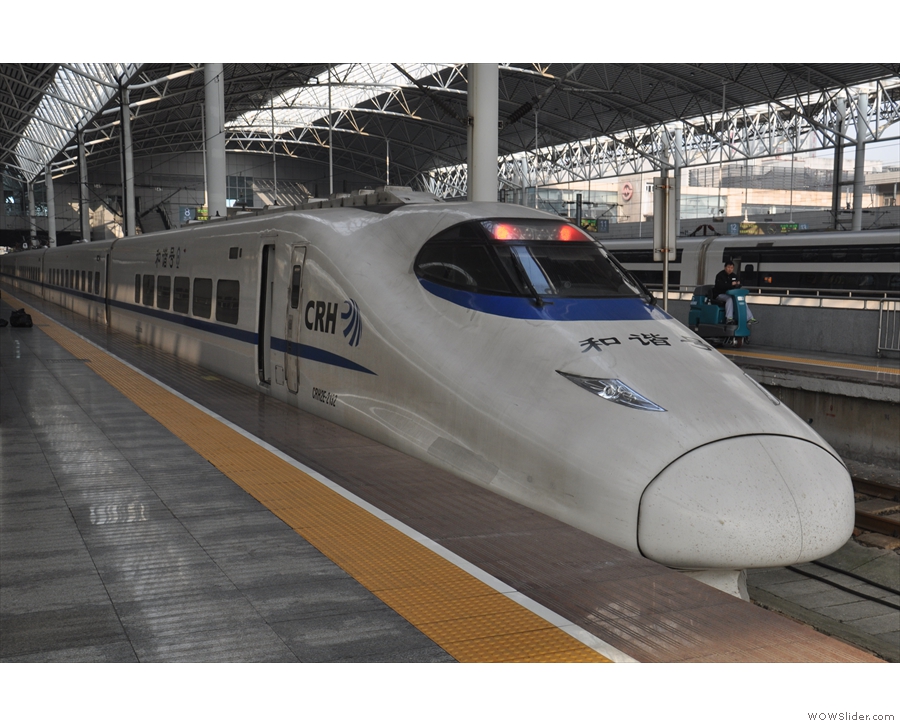
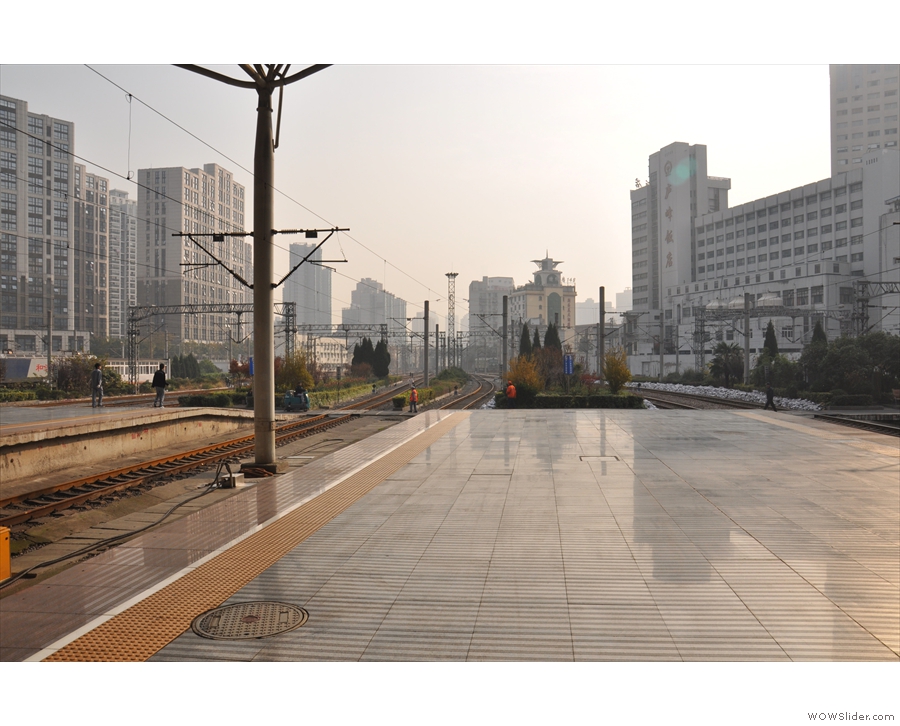
 1
1 2
2 3
3 4
4 5
5 6
6 7
7 8
8 9
9 10
10 11
11 12
12 13
13 14
14 15
15 16
16 17
17 18
18 19
19 20
20 21
21 22
22 23
23 24
24 25
25
Pingback: Brian’s Travel Spot: Shanghai to Beijing by Train | Brian's Coffee Spot
Pingback: Brian’s Travel Spot: Flying Business Class from Shanghai | Brian's Coffee Spot
Pingback: Brian’s Travel Spot: Amtrak’s Crescent to New Orleans | Brian's Coffee Spot
Pingback: Brian’s Travel Spot: The Chiang Mai Sleeper | Brian's Coffee Spot
Pingback: Brian’s Travel Spot: Caledonian Sleeper to Glasgow | Brian's Coffee Spot
Pingback: UNDEF/NE | Brian's Coffee Spot
Pingback: Brian’s Travel Spot: The Chiang Mai Sleeper, Special Express #13 | Brian's Coffee Spot
Pingback: Brian’s Travel Spot: Shanghai | Brian's Coffee Spot
Pingback: Brian’s Travel Spot: Amtrak’s Crescent to New Orleans | Brian's Coffee Spot